This page lists the activities presented by the project teams at the C3 meeting in Romania, whose topic was teaching and learning with the use of artistic expressions
Each team presented at least 2 activities, one in the Maths and Science category and one in Art and Humanities category.
SCIENCE and MATHS
SPAIN: The Water Cycle Rap sang and performed by the students withing a learning unit on the WATER CYCLE.
ITALY: THE GEOMETRY OF NATURE:THE MAGIC OF FRACTALS.
GREECE:
ROMANIA:
As hosts, we only had several days at hand to paint a fair picture of Romania, of our educational system, of our school so that every participant could get an idea of what we do here and of how much work is needed in order to succeed in an art school from an early age. On this occasion, our guests got familiar with our city and its history, with our traditional music and dances, and, why not, with our language.
On the day of the presentations, we attempted to showcase some outstanding Romanian inventors and artists that our guests were even able to recognize, and some of our most spectacular winter and spring traditions/ dishes, to everyone’s delight.
Our students also delivered a presentation which aimed to describe the cube both in terms of its scientific aspects and of its artistic potential. Thus, they explored the multiple approaches of the cube as seen in Plato’s philosophy, in astronomy, crystallography, geometry, and graphics. As a follow-up, a group of fine arts students created colourful cardboard cubes. In their turn, the other project teams managed to demonstrate that a transdisciplinary approach to teaching and learning is possible.
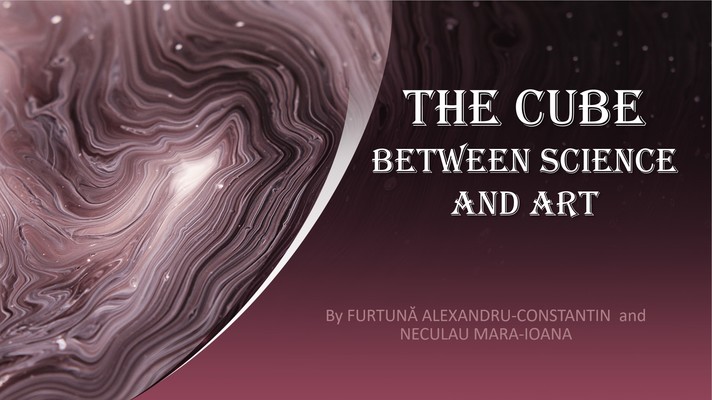
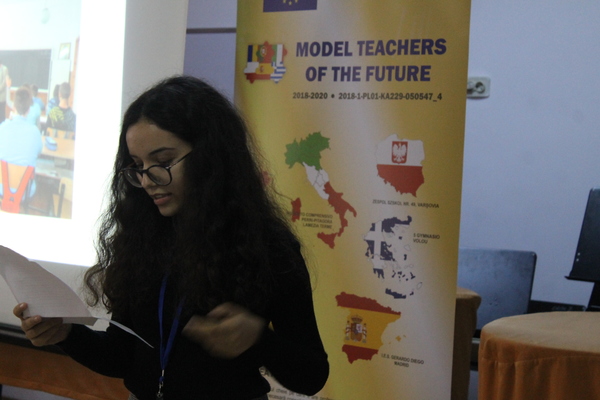
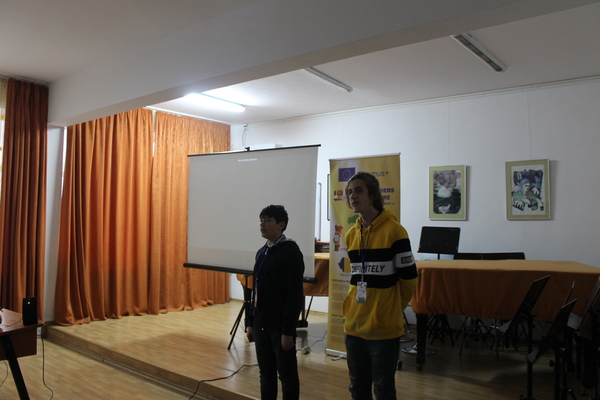
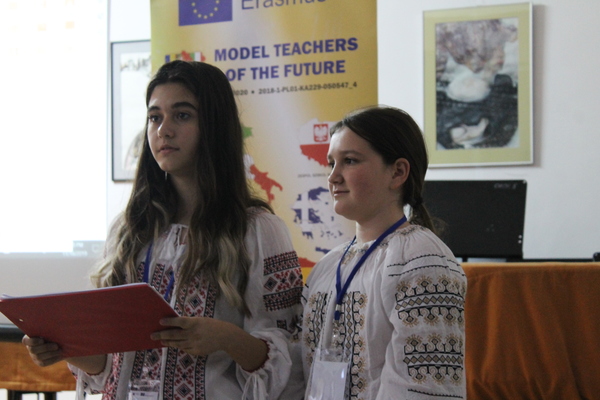
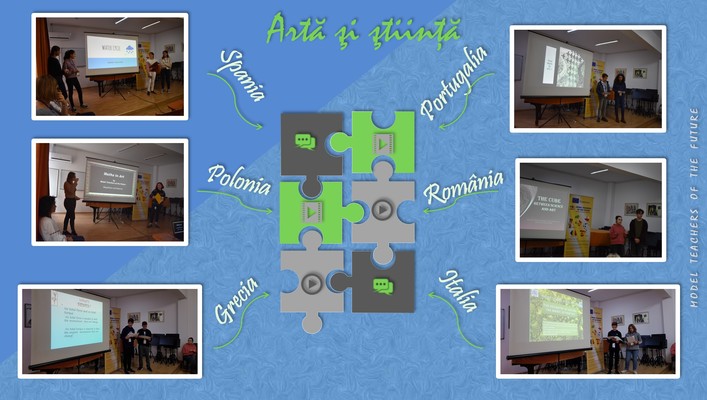
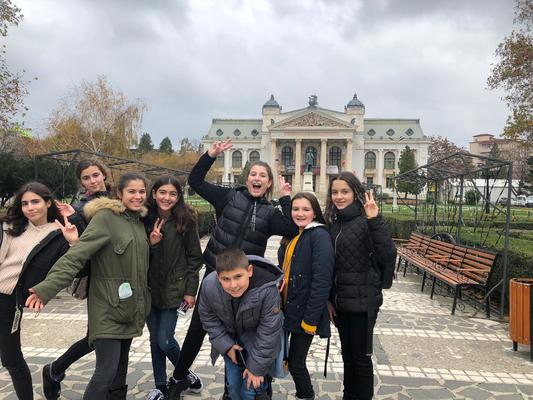
PORTUGAL:
How is Math related to art?
Math is related to almost everything in life including art.
With this work, students found out more about Escher's life, the relationship between mathematics and the arts and what an isometry was.
Escher created his artistic work based on mathematical notions including isometries in art. Isometries are geometrical transformations which transform elements into identical elements.
Students built tiles using rotation and translation techniques, they saw where they could find isometries in their daily lives and learnt that teaching with Art can be fun.
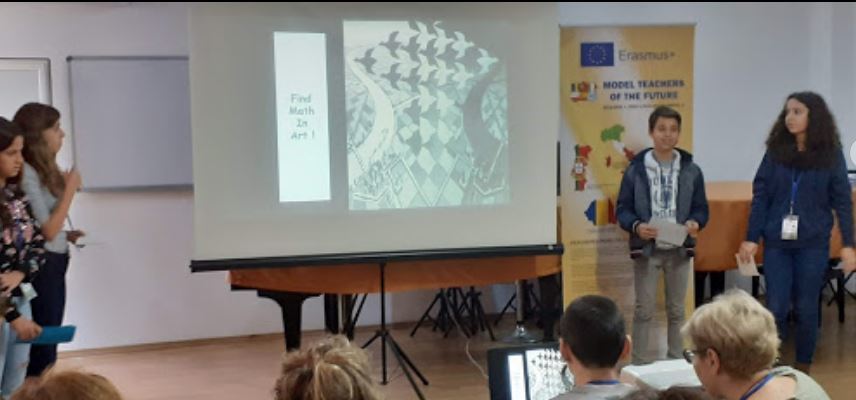
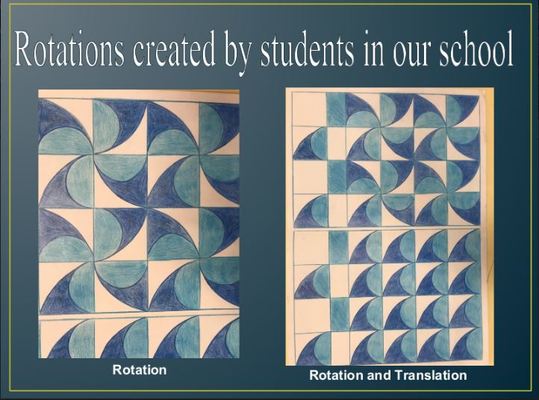
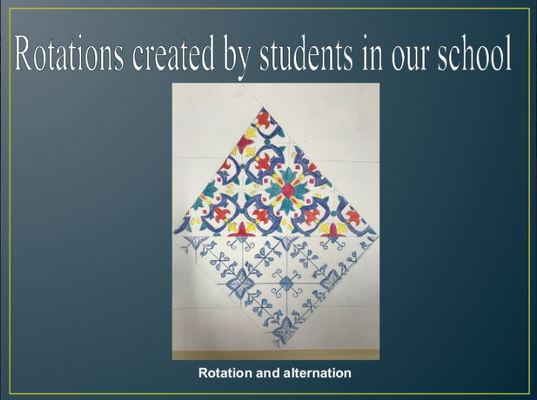
C3-Isometries.pptx
POLAND: Maths in Art :
„It is obvious that art and maths are strictly related in many ways. Mathematics has itself been described as an art motivated by beauty.
Maths is also one of the most difficult school subjects , which is confirmed by many surveys . Artistic subjects , on the other hand, are one of the most favourite school subjects. Students like drawing, designing, carving etc. We had an idea to combine these two disciplines ; we wanted to teach maths thro art and to show that art is full of mathematical formulas.
We took a drawing course where we learned about proportions, perspective, golden ratio, or symmetries. However, the teacher showed us the magic tricks that helped us understand or look at a human body as a combination of geometric figures. She also told us about symmetry and perspective. We liked very much that she showed us real masterpieces and told us how to find maths in them. And suddenly it appeared that we could draw a „perfect” picture of a perfect human body. It inspired us to prepare a lesson that would be a combination of both: maths and art.
We chose our classmates and asked our teacher if we could try to give a lesson of maths-art. Luckily she agreed and peers were also enthusiastic. We did not need to teach our friends mathematical formulas such as surface area or volume, we wanted to teach them how to apply these formulas in real life. We wanted our students to start noticing geometric figures in random objects.
First, we shared our knowledge from the drawing course. It must have been a short and compact lecture as our lesson was only 45 minutes long. Our friends were asked to try to apply our suggestions in a simple drawing of a human body. Step by step, they did it. But it was not the end of the task.
Then we asked students to look at their drawings as a combination of triangels, squeres, circles or rectangles and treat their drawing as a scheme of their own body. We wanted peers to replace the measuerments of the drawing with the measurements of their own bodies and to calculate the surface area in squere metres. We also asked them to calculate the volume. What for? To know how much gypsym they will need to make the sculpture of their own bodies. Finally, they were to compare their results with the surface and volume of the sculpture of perfect human body.
We overestimated the time limit and could not complete all the tasks we had prepared. To our surprise our teacher and classmates let us continuou our project. The next task was more challanging. Who hasn’t heard about the great fire of The Notre Dame Cathedral? Well, a lot of rich people, governments, institutions offered their help to rebuild this piece of architectural Art. We also wanted to help. We asked our students to look at the building as a combination of geometrical figures and to calculate how much paint the workers will need to cover the walls of the cathedral. We gave students worksheets containing necessary data, divided them into teams, and gave them time.
And again the task was successful . As a final surprise we prepared a kahoot quizz. It was funny, but we asked for more serious feedback as well. To our surprise , the survey showed that students liked this form of teaching/learning and that it might be students friendly, easy and painless. Even if it is maths.” by Magda and Zuzanna
Maths in Art C3.pptx
ART and HUMANITIES
SPAIN: A VIDEO ABOUT THE EUROPEAN CULTURAL HERITAGE PERFORMED BY THE STUDENTS.
ITALY:ART THROUGH GEOMETRY:ESCHER AND METAMORPHOSIS.
GREECE:
ROMANIA: Learning through artistic expression
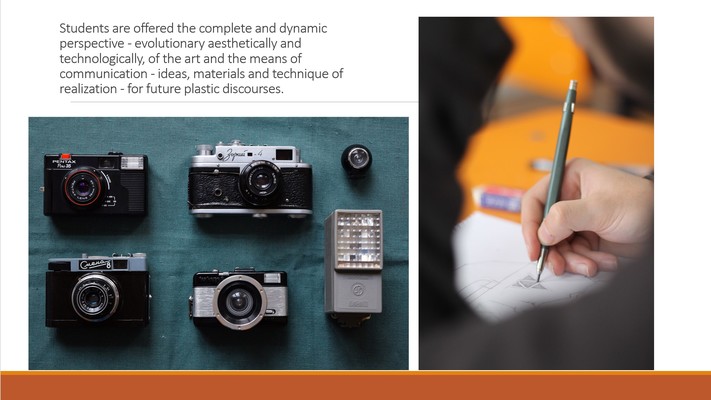

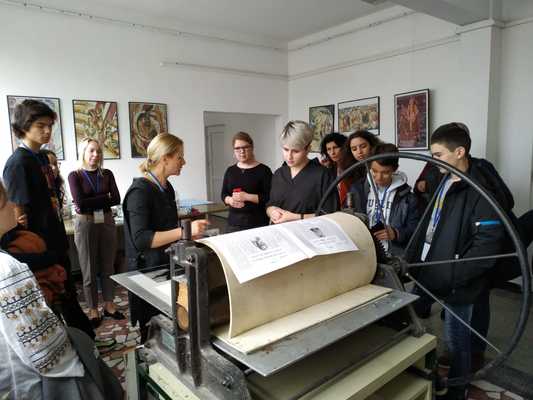
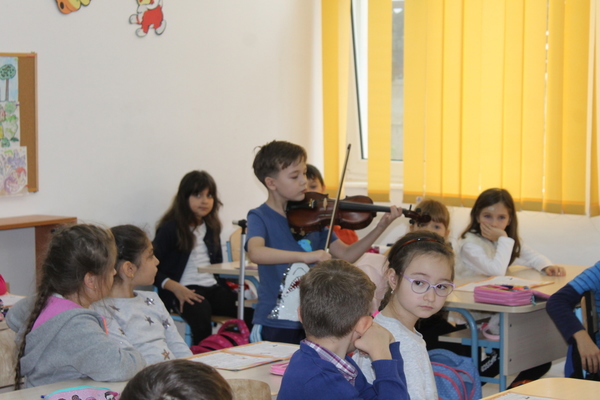
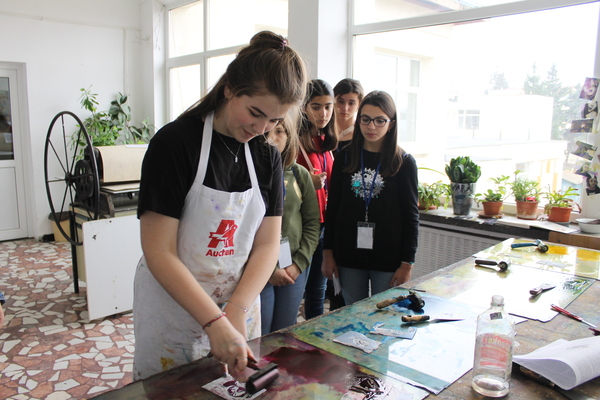
PORTUGAL:
Cultural Diversity
When we made this work we had the concept to use photography as Art to transmit and spread cultural diversity and civil rights.
This project made us, and all the others involved, because the pictures seen in the video were selected by a contest that all the students participated in, to improve our knowledge in fields such as Geography, History, Civil Rights and Art and Design.
At our school there are students from different countries. We ask each student, to read a sentence, related to civil rights, in their native language.
The theme of this work was the cultural diversity and it was made to show to everyone that doesn't matter their nationality, their culture, their religion, their color of skin, we all have rights and that in the end, we are all equals.
Several school subjects were involved. With this work we learnt to respect different cultures, learnt the importance of an inclusive society and to respect difference.
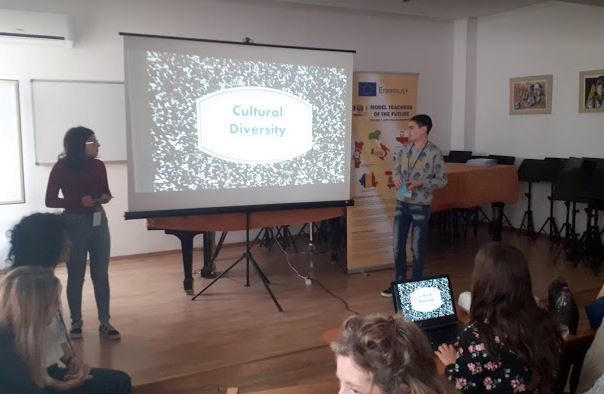
C3-Cultural Diversity.pptx
POLAND: Biology through Art
„We prepared a project that is a lesson of biology conducted with the elements of Art.
To prepare to the lesson we decided to attend the drawing classes to learn how to draw a human body with a special focus on proportions and features distinguishing a mankind from other species. We also decided to use this knowledge and skills during our lesson.
The topic of our lesson was „specific human features and species variation”. We chose our own classmates to be our students. Firts we selected the pieces of Art which would show what differs a human being from apes. The masterpieces became our models. It was much easier to show the difference in posture, the shape of head, presence of chin and Cupid arch or a protruding nose… and the build of palms and feet, especially fingers. These are the visible features. However, there are also invisible ones: all these that describe our actions, thoughts, feelings, emotions and the ability of abstract thinking.
We also talked with our classmates about species variations and again we decided to base our lecture on the well-known pieces of Art.
Our students were making drawings, not notes because we shared our drawing knowledge with them.
To check if our lesson was fruitful we created a kahoot quizz testing our frinds’ knowledge from the lesson. It was not too hard but for sure it was a funny element of the lesson. Luckily most of our students passed the test, which means the lesson was successful.
It may also mean that we are good teachers . Fun is fun but we also wanted to get more serious feedback from our friends so we prepared a questionaire which shows that majority of our students said that they enjoyed the lesson. Our friends also claim that this form of teaching was understandable and that they aquired more knowledge than if they were taught in a more traditional way.
To sum up, we had a lot of fun preparing the lesson, conducting it and getting positive feedback from peers. Who knows, maybe one day we will work as teachers.” by Alicja and Joanna
Biology through Art C3.pptx